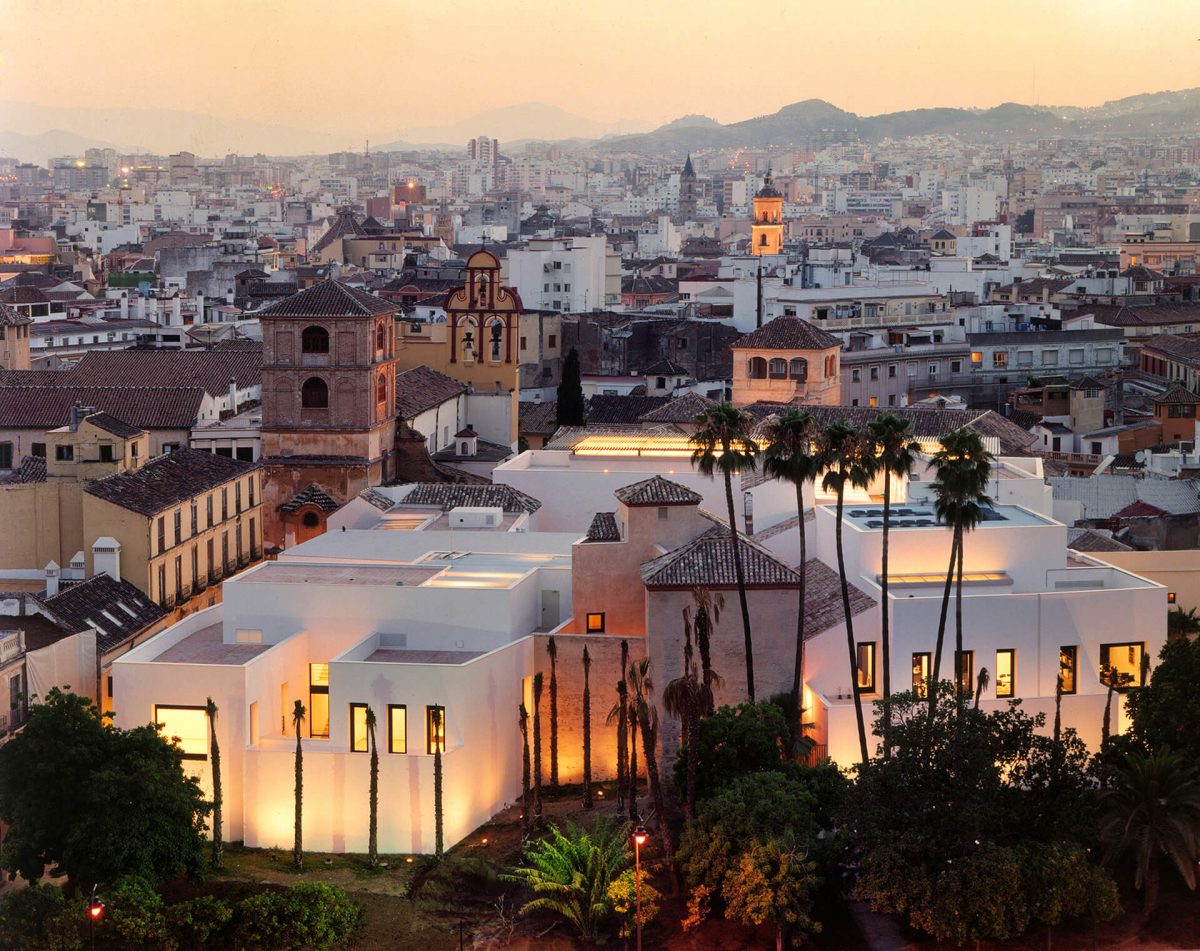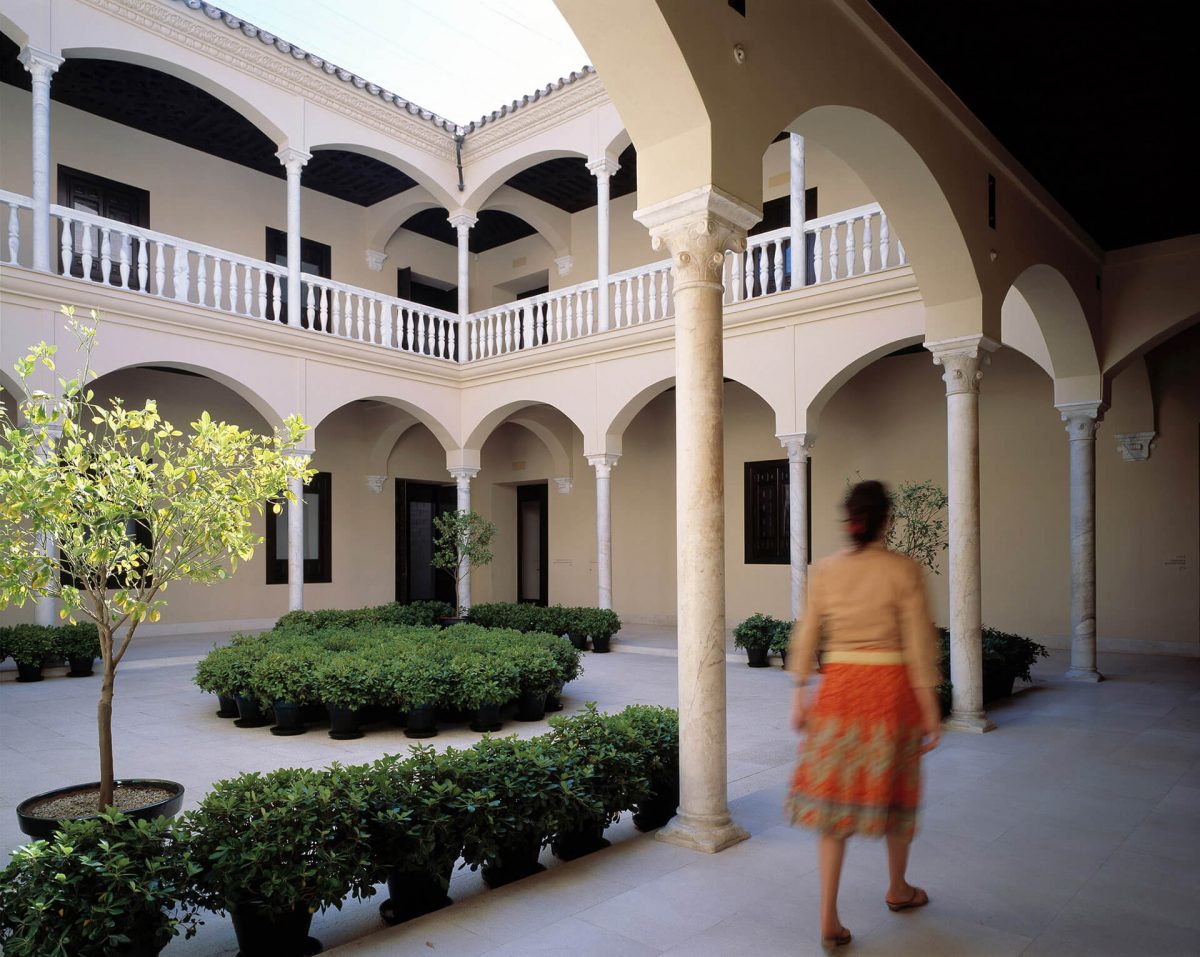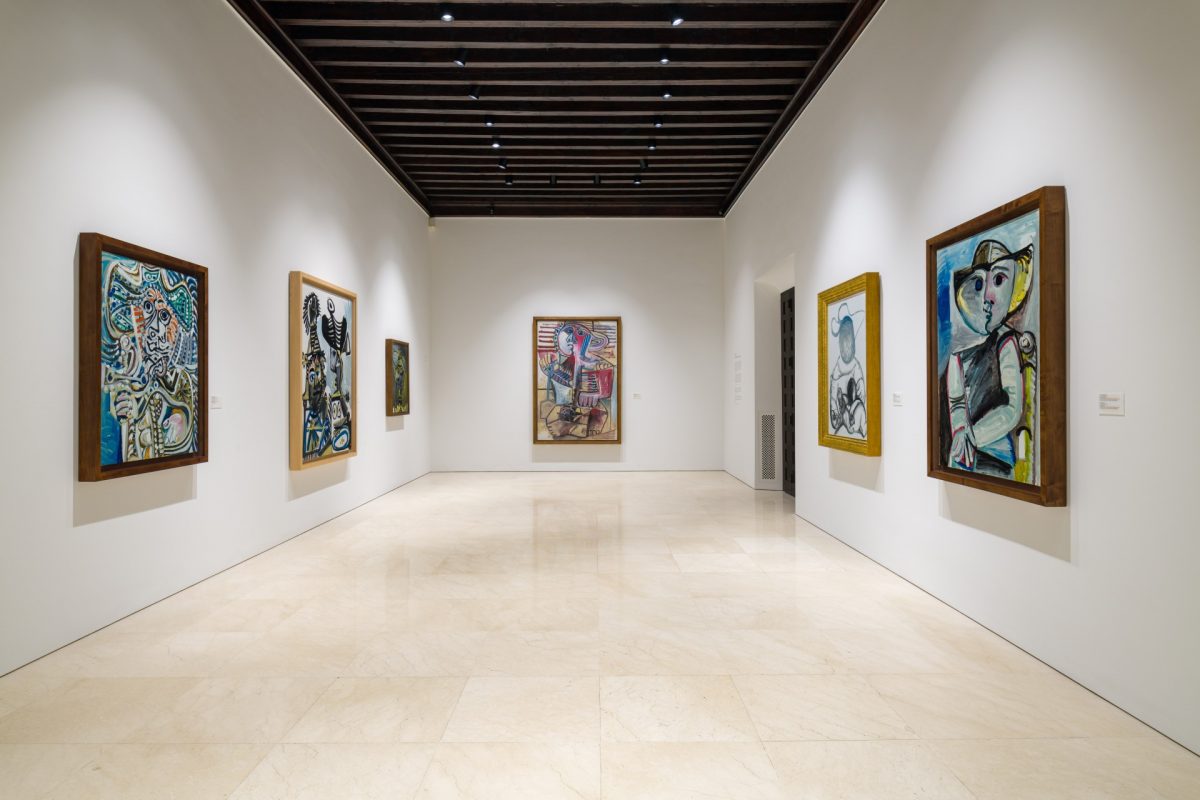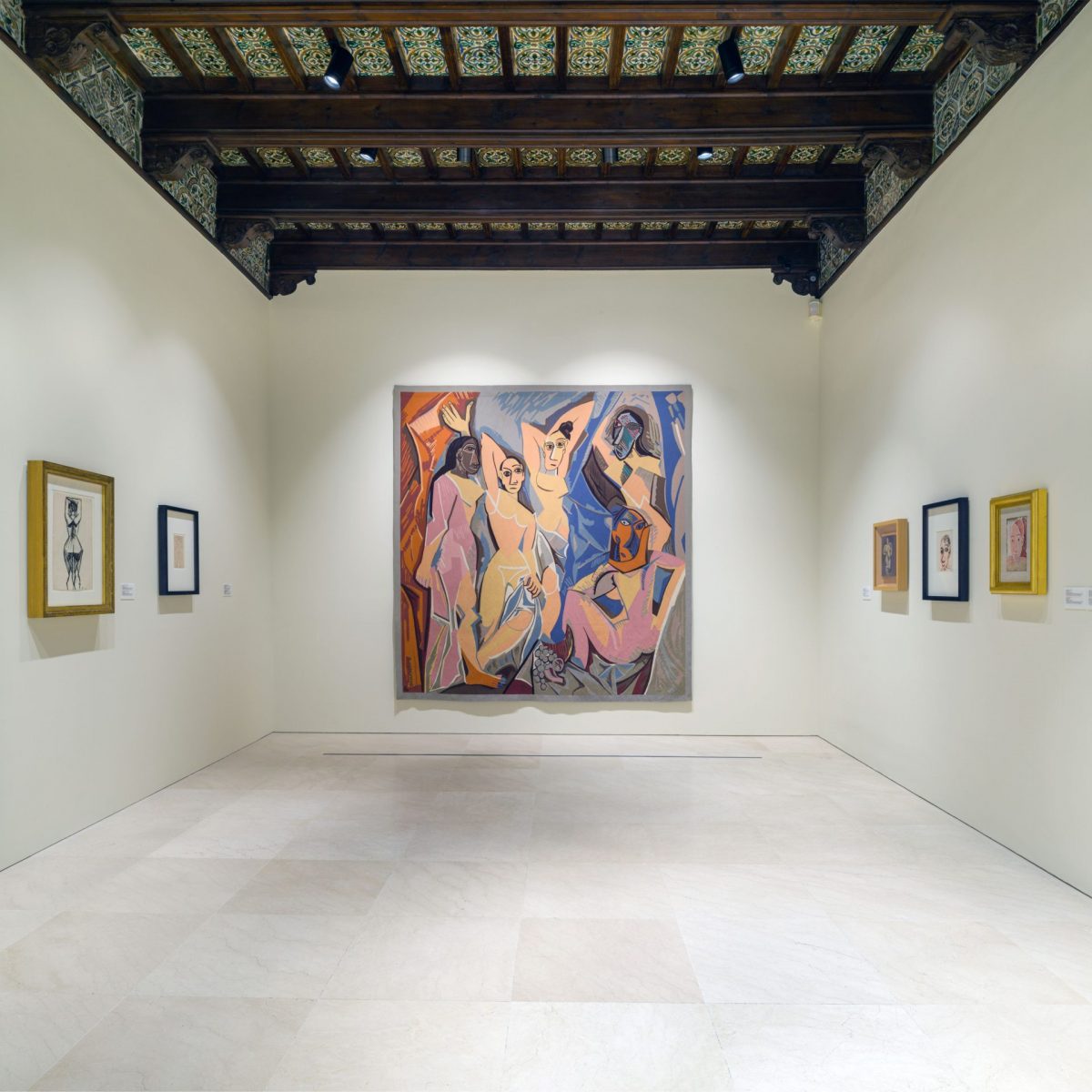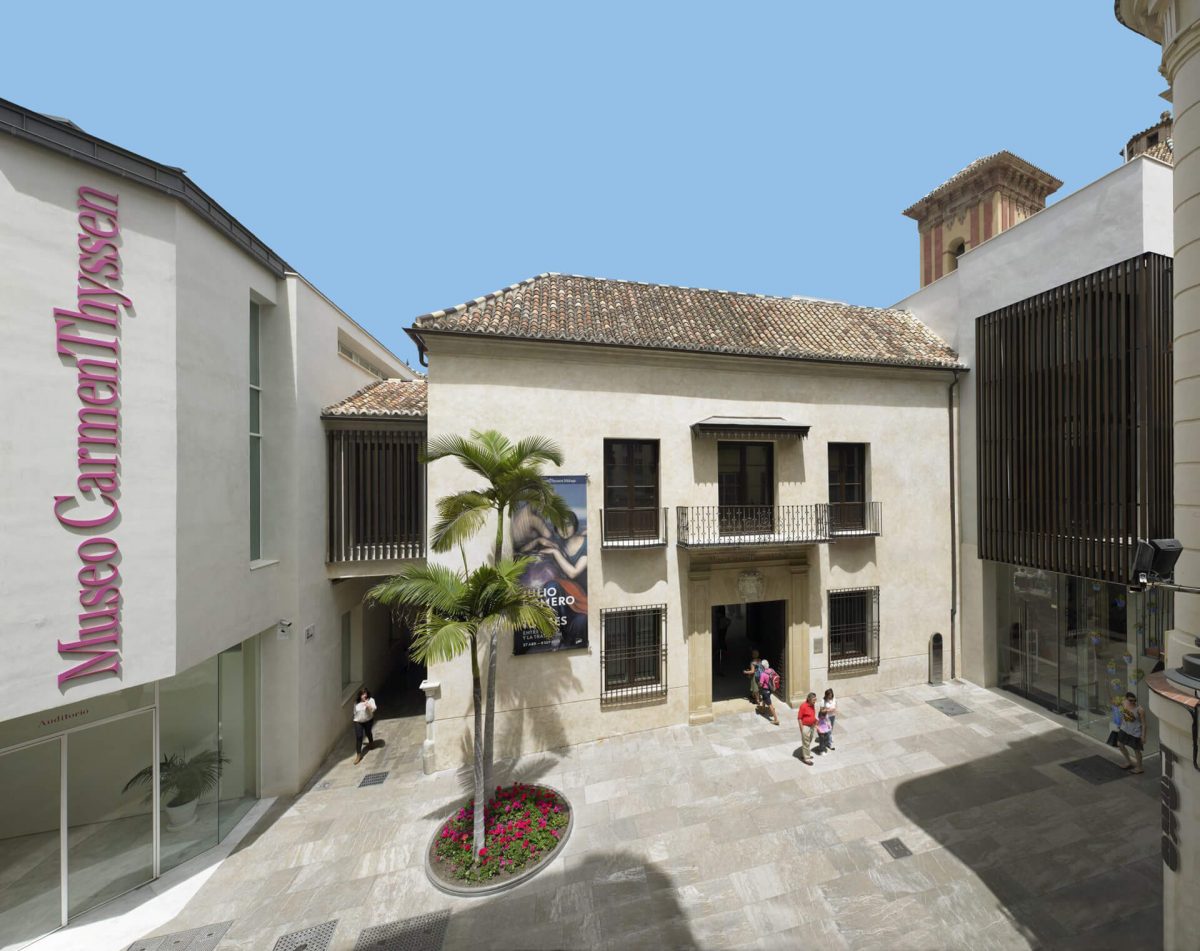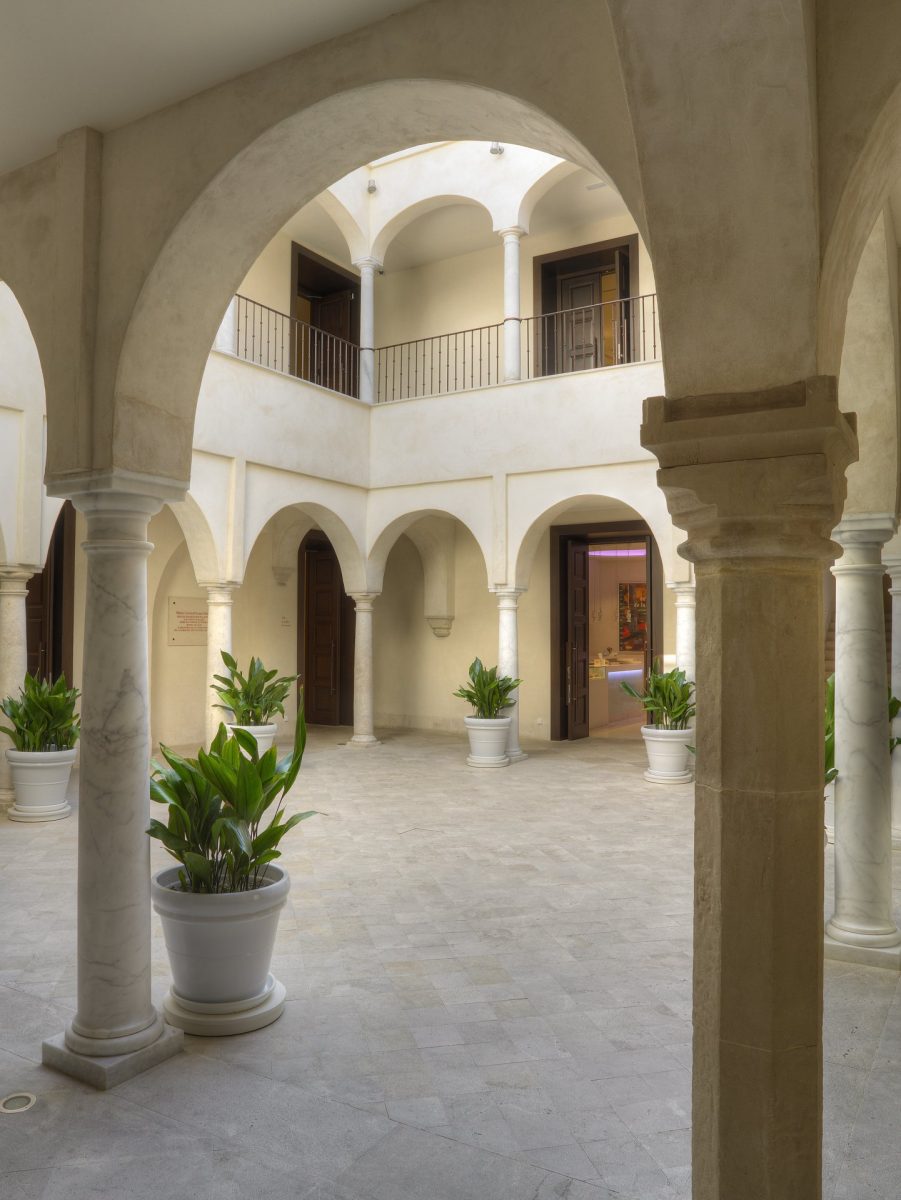Málaga, a popular resort on the Costa del Sol, is known to art lovers primarily as the birthplace of Pablo Picasso. It’s been exactly half a century since the brilliant artist left this world. And Málaga pays tribute to its countryman with a series of outstanding exhibitions.
The house where Picasso was born has survived to this day. The Merced Square building was built in 1861 by architect Diego Clavero. Nine years later, the façade of the house will be rebuilt by another master, Gerónimo Cuervo, another 11 years later, in its walls was born Pablo, and in 1988, it will house the Museo Casa Natal Picasso and a foundation dedicated to the study and promotion of the creative heritage of Picasso.
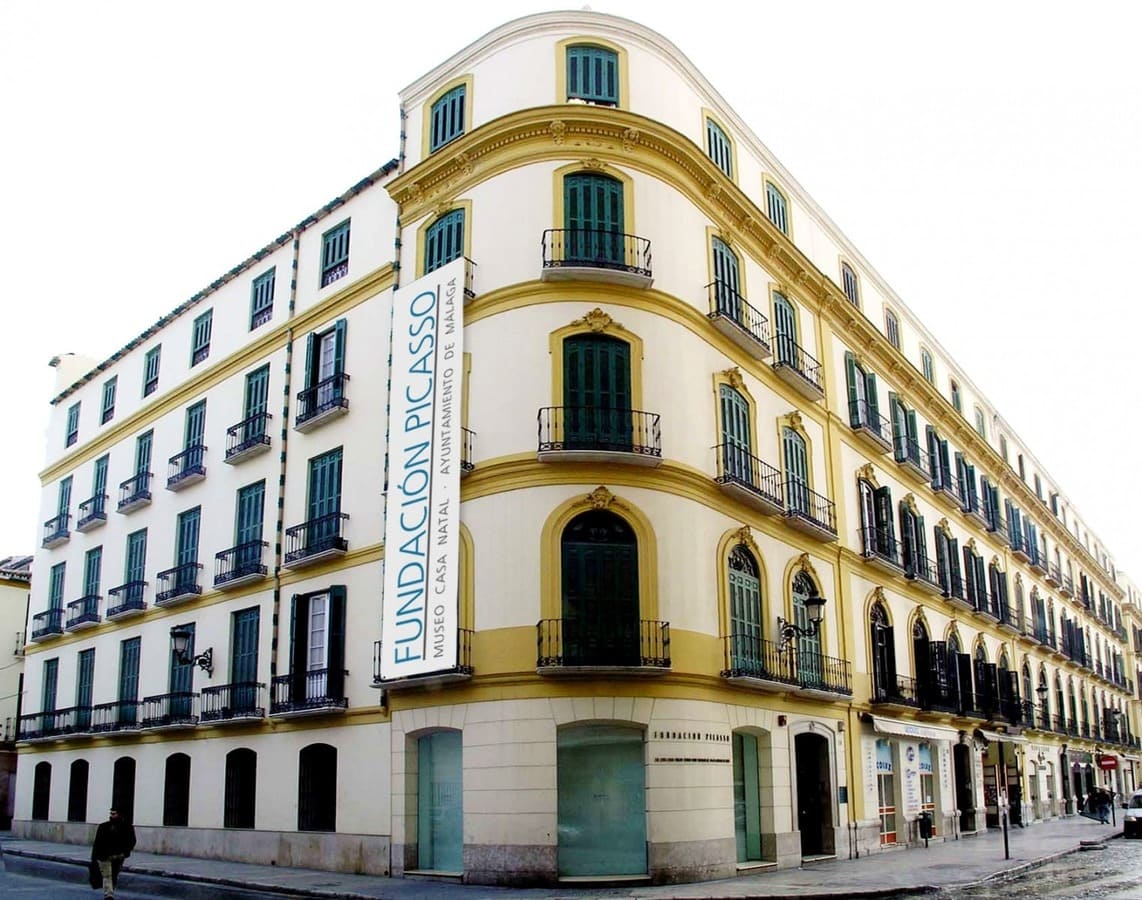
Today, the collection includes approximately 7,000 artworks by more than two hundred artists. Picasso’s graphics, a collection of prints and lithographs of 259 works created between 1930 and 1964, have a special place in it. Among the most notable are the cycle of prints “The Dream and Lie of Franco”; 84 sketches made in etching, linocut, and dry needle techniques for the painting Les Demoiselles d’Avignon (The Young Ladies of Avignon), from which, according to art historians, Cubism began; as well as book illustrations and ceramics. Until October 1, the exhibition “The Ages of Pablo” is running in its halls.
The Church of Santiago is the place where Pablo Diego José Francisco de Paula Juan Nepomuceno María de los Remedios Cipriano de la Santísima Trinidad Mártir Patricio Ruiz y Picasso was christened in 1881. That’s how the artist’s full name sounds! It is the first Christian church built in Málaga after the Reconquista. It was erected on the site of a mosque, and its fragments have survived to this day.
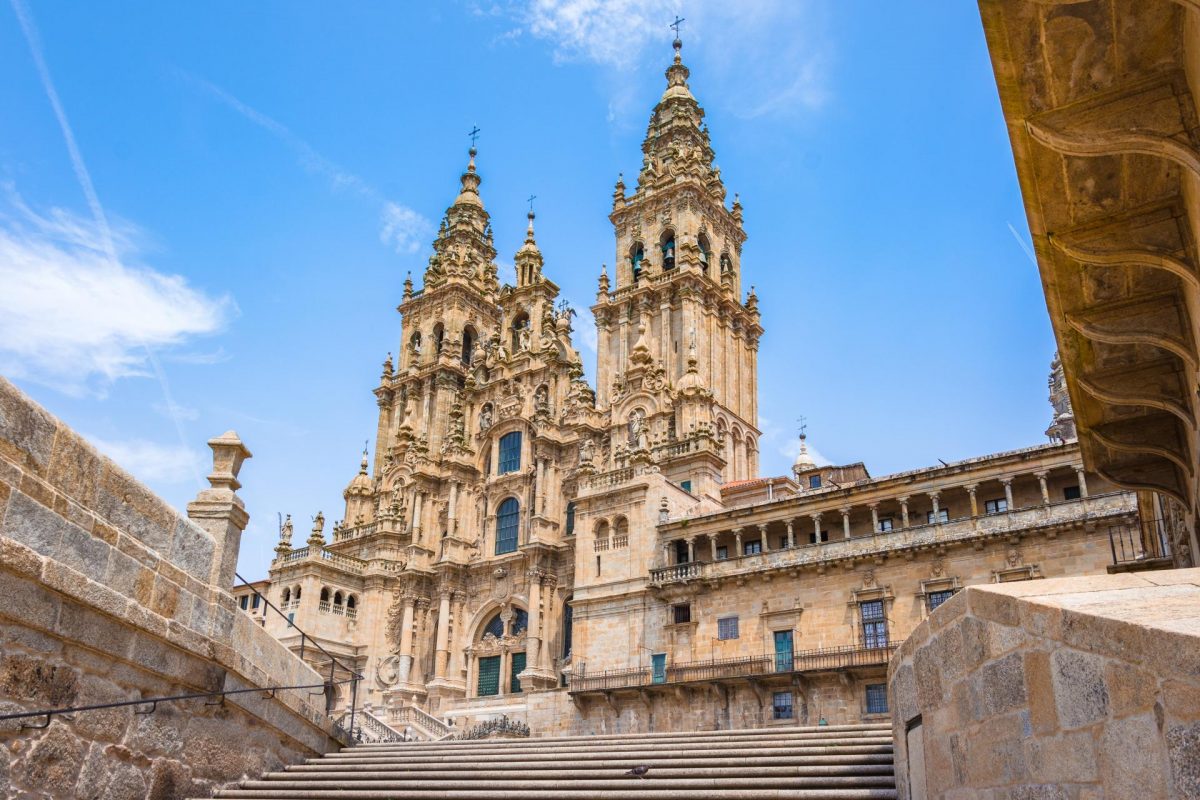
The Museo Picasso Málaga was founded on the initiative of the artist himself, who in 1953 had the idea of presenting his own work in his homeland. However, this project was destined to be implemented only many years later, after Picasso’s death, with the assistance of the widow of the artist’s eldest son, Cristina Ruiz-Picasso. In 1997, the administration of Andalusia bought one of the most beautiful buildings of the city — the Buenavista Palace of the 16th century with unique carved ceilings in the Mudejar style. The museum exposition is based on 233 artworks donated by Picasso’s daughter-in-law and grandson. Six years later, the museum was inaugurated by King Juan Carlos I of Spain and Queen Sofia.
In addition to Picasso’s paintings, prints, drawings, and ceramics, the museum’s collection includes a unique archive of 1,500 images by Argentine photographer and journalist Pablo Otero, who was closely acquainted with the artist.
To commemorate the 50th anniversary of Picasso’s death, the exhibition “Dialogues with Picasso” is open until the end of 2023, introducing visitors to 120 artworks dated 1894–1972 from the collection of Almine and Bernard Ruiz-Picasso.
The Museo Carmen Thyssen, founded by the widow of Baron Thyssen-Bornemisza, photo model, actress, and collector Carmen Cervera, has just one piece of art by Pablo Picasso, a study for the famous programmatic cubist painting Three Women, which is kept in the State Hermitage Museum. But other Spanish and Andalusian artists are well represented, from the Baroque masters Francisco de Zurbarán, Alonso Miguel de Tovar, and Jerónimo Ezquerra to the costumbristas Eugenio Villaamil and Gonzalo Bilbao, whose work is rarely seen outside of Spain or even in the country itself. This museum is a true Spanish celebration of color; the building of the elegant Baroque palace Palacio de Villalón is a “bonus” to it.
The Jardines de Picasso is a great place to take a stroll in the fresh air after busy museum days. This lush green space, laid to honor the artist’s centennial in 1981, is located in the neighborhood of Prolongación de la Alameda. Here, giant century-old ficus trees, brightly-colored jacarandas, and other tropical decorative plants grow on more than 16,000 sq. m. The centerpiece of the park is Miguel Berrocal’s Siextasis sculpture dedicated to Picasso.
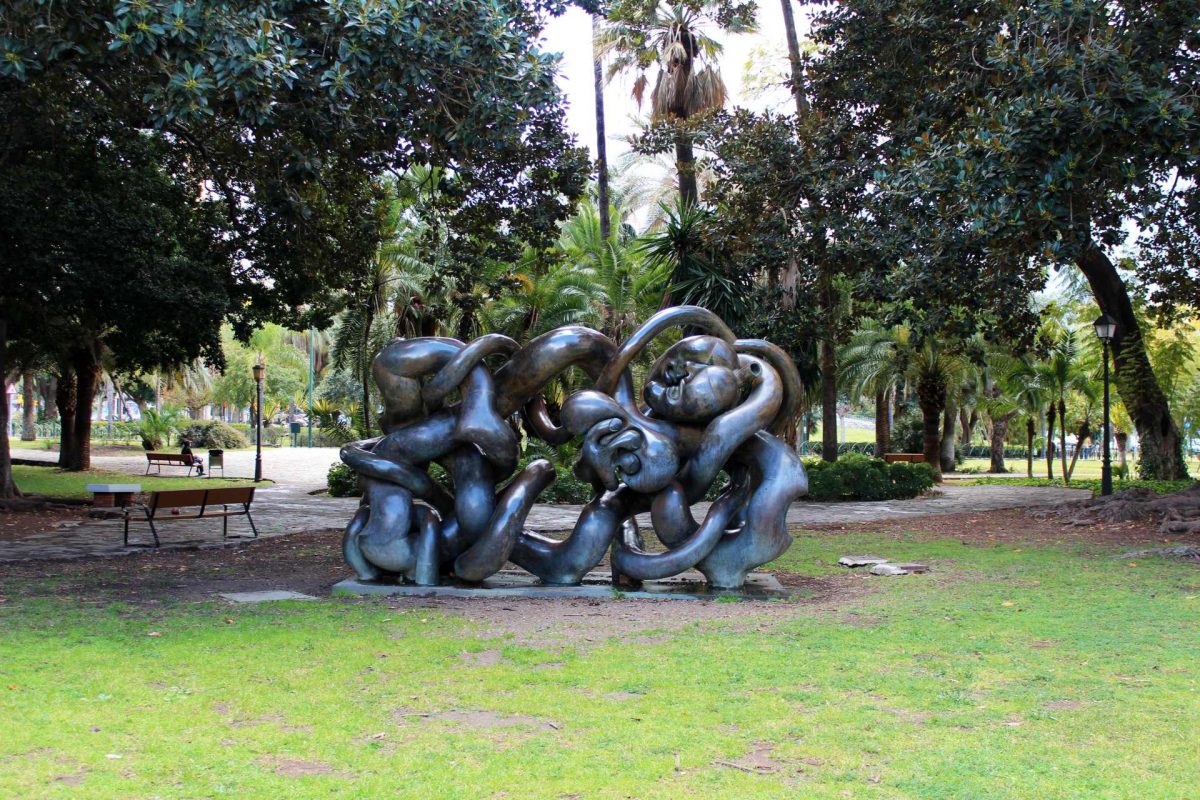
Photo: Shutterstock; Museo Picasso Málaga © David Heald; Museo Picasso Málaga © Succession Pablo Picasso, VEGAP, Madrid, 2023; Dreamstime; stock.adobe.com
